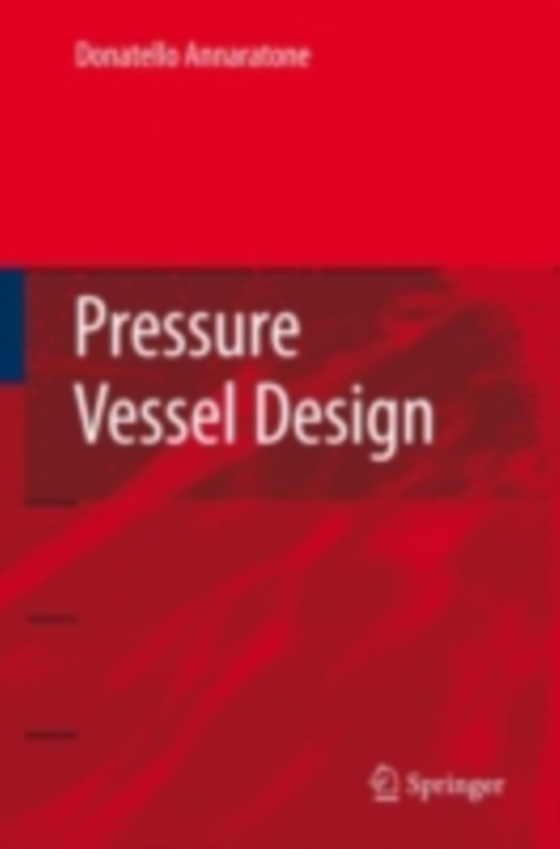
Pressure Vessel Design e-bog
948,41 DKK
(inkl. moms 1185,51 DKK)
1 Industrial Sectors Interested in Pressure Vessels Pressure vessels are probably the most widespread "e;machines"e; within the di?erentindustrialsectors.Infact,thereisnofactorywithoutpressurevessels, steam boilers, tanks, autoclaves, collectors, heat exchangers, pipes, etc. More speci?cally, pressure vessels represent fundamental components in sectors of enormous industrial importance,...
E-bog
948,41 DKK
Forlag
Springer
Udgivet
15 februar 2007
Genrer
TBD
Sprog
English
Format
pdf
Beskyttelse
LCP
ISBN
9783540491446
1 Industrial Sectors Interested in Pressure Vessels Pressure vessels are probably the most widespread "e;machines"e; within the di?erentindustrialsectors.Infact,thereisnofactorywithoutpressurevessels, steam boilers, tanks, autoclaves, collectors, heat exchangers, pipes, etc. More speci?cally, pressure vessels represent fundamental components in sectors of enormous industrial importance, such as the nuclear, oil, petrochemical, and chemical sectors. There are periodic international symposia on the problems related to the veri?cation of pressure vessels. FormanyyearsanISOcommitteewasdedicatedtopressurevesselsdesign. There is also a technical committee of the EU speci?cally assigned to this ?eld. All the industrialized countries have a code relative to pressure vessels design.However,evenwhenthecodeincludesspeci?cregulationstodetermine the thickness of the di?erent components, typically not all issues facing the designer are discussed. Finally, it is worth noting that a few regulations cause some perplexity. In Italy, a speci?c area of ISPESL regulations (VSR collection) is devoted to pressure vessels. 2 Current Know-How with Regard to Resistance Veri?cation A pressure vessel is not an easy machinery in terms of resistance veri?cation. A layman can easily make the mistake of considering somewhat simple str- turalformsthatareinfactquitedi?culttoanalyze,especiallyifonewouldlike to apply the most modern criteria of veri?cation (elastoplasticity, self-limiting stresses, etc.). Regardless of the enormous interest in the topic and numerous e?orts, many problems have not been studied in-depth, and there is still no agr- ment among scholars and the institutions of the various countries that de?ne VI Preface regulations. In addition, economical reasons and technical progress constantly present new challenges in connection with new forms and solutions, the necessity to reduce thickness to a minimum, etc.
 Dansk
Dansk

